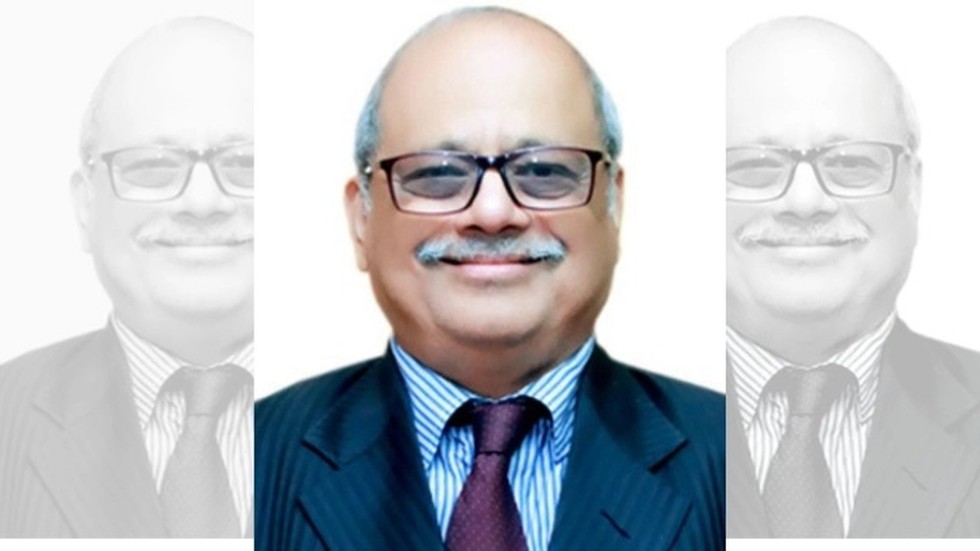The Lokpal and Lokayuktas Act 2013:
- The Act allows for setting up of anti-corruption ombudsman called Lokpal at the Centre. A Lokayukta is to be appointed in every state within one year of the passing of the Act (but several states are yet to appoint such an institution).
- Composition: The Lokpal will consist of a chairperson and a maximum of eight members.
- Chairperson should have been a Chief Justice of India, or is or has been a judge of the Supreme Court, or an eminent person who fulfils eligibility criteria as specified.
- 50% of the members are to be judicial members, provided that not less than 50% of the members belong to the Scheduled Castes, Scheduled Tribes, OBCs, minorities, and women.
- Inquiry Wing: Lokpal will have an Inquiry Wing for conducting preliminary inquiry into any offence alleged to have been committed by a public servant punishable under the Prevention of Corruption Act, 1988.
- Prosecution Wing: It will also have a Prosecution Wing for the prosecution of public servants in relation to any complaint by the Lokpal under this Act.
- Jurisdiction of Lokpal: It covers a wide range of public servants — from the Prime Minister (PM), ministers and MP, to groups A – D officers of the central government including the chairperson and members of the Lokpal. However, there are some exceptions for PM:
- Lokpal cannot inquire allegations against the PM relating to international relations, external and internal security, public order, atomic energy and space.
- Also, complaints against the PM are not to be probed unless the full Lokpal bench considers the initiation of inquiry and at least 2/3rds of the members approve it.
